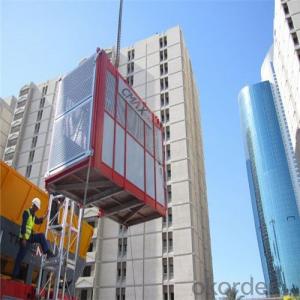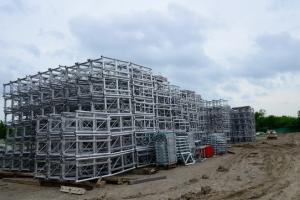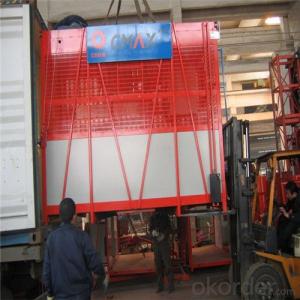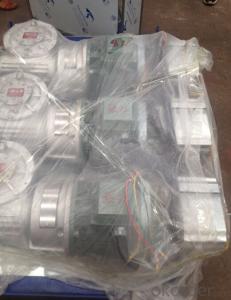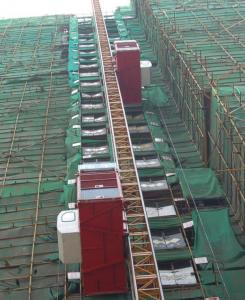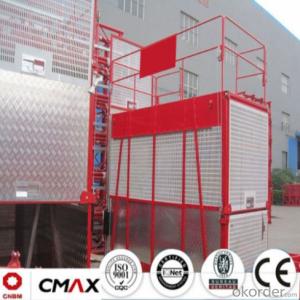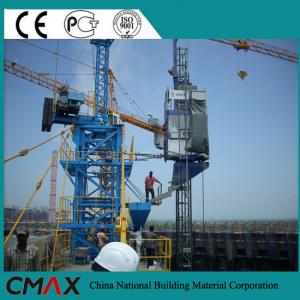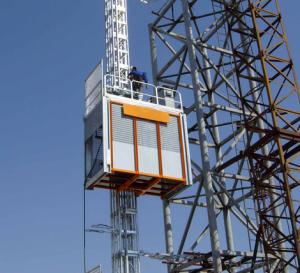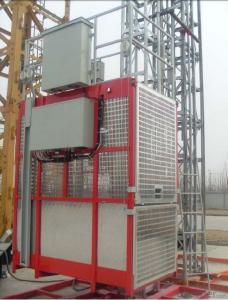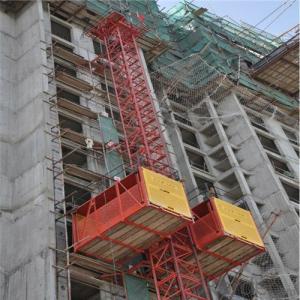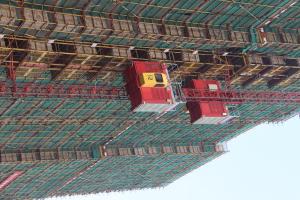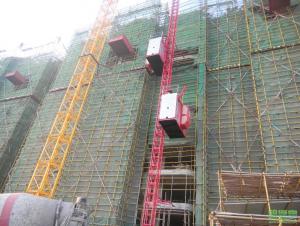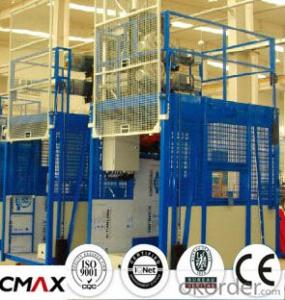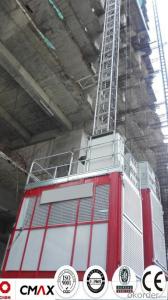All Categories
- - Steel Wire Rod
- - Steel Coils
- - Steel Profiles
- - Steel Pipes
- - Stainless Steel
- - Tinplate
- - Special Steel
- - Steel Sheets
- - Steel Rebars
- - Steel Strips
- - Hot Rolled Steel
- - Cold Rolled Steel
- - Pre-painted Steel
- - Seamless Steel Pipe
- - Welded Steel Pipe
- - Hollow Steel Tubes
- - Galvanized Pipe
- - Stainless Steel Coil
- - Stainless Steel Sheet
- - Stainless Steel Plate
- - Stainless Steel Strips
- - Electrolytic Tinplate Coil
- - Electrolytic Tinplate Sheet
- - Stainless Steel Rebars
- - Solar Panels
- - Solar Water Heater
- - Solar Related Products
- - Solar Inverter
- - Solar Cells
- - Solar Light
- - Solar Energy Systems
- - Solar Controllers
- - Solar Mounting System
- - Solar Pump
- - Solar Chargers
- - Fiberglass Chopped Strand
- - Fiberglass Mesh Cloth
- - Composite Pipes
- - FRP Pultrusion Profiles
- - Fiberglass Mat Tissue
- - Fiberglass Fabrics
- - Fiberglass Mesh
- - Composite Tank
- - Fiberglass Mesh tape
- - Polymer
- - FRP Roofing Panel
- - Fiberglass Roving
- - Monolithic Refractories
- - Ceramic Fiber Products
- - Refractory Bricks
- - Raw Materials For Refractory
- - Suspended Platform
- - Cranes
- - Concrete Machinery
- - Earthmoving Machinery
- - Building Hoist
- - Road Building Machinery
- - Plastic Pipe Fittings
- - Plastic Tubes
- - Plastic Sheets
- - Agricultural Plastic Products
- - Plastic Nets
 All Categories
All Categories
Q & A
What are the safety precautions for operating a building hoist in high wind conditions?
When operating a building hoist in high wind conditions, it is important to take certain safety precautions to ensure the safety of personnel and the integrity of the hoist. Some of the key safety precautions include:
1. Monitoring the wind speed regularly using reliable weather instruments.
2. Referring to the manufacturer's guidelines and restrictions for operating the hoist in high wind conditions.
3. Erecting wind barriers or screens around the hoist to reduce the impact of wind gusts.
4. Conducting regular inspections of the hoist structure and components to check for any signs of damage or wear.
5. Ensuring that all personnel operating the hoist are trained and competent in handling it during high wind conditions.
6. Implementing a clear communication protocol to relay any changes in wind conditions to all relevant personnel.
7. Suspending operations or lowering the hoist to a safe position if wind speeds exceed the manufacturer's recommended limits.
8. Adhering to any additional safety measures or guidelines provided by local regulatory authorities or industry standards.
By following these safety precautions, the risks associated with operating a building hoist in high wind conditions can be minimized, promoting a safer working environment.
What are the safety precautions when operating a building hoist?
When operating a building hoist, it is crucial to follow several safety precautions. Firstly, all operators should receive proper training on how to use the hoist safely and effectively. Before starting any work, it is essential to inspect the hoist for any signs of damage or malfunction. Regular maintenance and inspections should be conducted to ensure the hoist remains in good working condition.
Operators must always adhere to the weight limits specified by the manufacturer and never exceed the maximum load capacity. Additionally, it is important to secure the load properly to prevent it from shifting or falling during operation. All operators should wear appropriate personal protective equipment, such as helmets and safety harnesses, to minimize the risk of injury.
When operating a building hoist, it is crucial to be aware of the surrounding environment and avoid any potential hazards. This includes paying attention to overhead power lines, other equipment, and people working nearby. Adequate signage and barriers should be used to clearly mark the construction zone and prevent unauthorized access.
Regular communication between operators and workers on the ground is vital to ensure a safe operation. Hand signals and radios should be used to maintain clear and effective communication. Lastly, in the event of an emergency or malfunction, operators should be familiar with the emergency procedures, including how to safely evacuate the hoist.
By following these safety precautions, the risks associated with operating a building hoist can be minimized, ensuring the safety of all workers involved.
Are building hoists suitable for use in areas with limited access to water supply?
Yes, building hoists are suitable for use in areas with limited access to water supply. Building hoists are typically powered by electricity or diesel, and do not require a constant supply of water. They can be used in various construction sites, including areas with limited access to water, as long as there is a sufficient power source available.
What are the advantages of using a building hoist?
There are several advantages of using a building hoist. Firstly, it allows for efficient and quick transportation of materials and equipment to different levels of a construction site, saving both time and labor. Secondly, it enhances safety by reducing the risk of accidents and injuries that can occur when manually carrying heavy loads up and down stairs or ladders. Additionally, a building hoist can increase productivity as it enables workers to focus on their tasks rather than spending time on manual material handling. Lastly, it provides better accessibility to different levels of the building site, allowing for easy movement of workers and equipment, ultimately improving overall construction efficiency.
Wholesale Building Hoist from supplier in Grenada
We are a Building Hoist supplier serving the Grenada, mainly engaged in the sale, quotation, and technical support services of various Building Hoist products in the Grenada region. We are a subsidiary platform of the Fortune Global 500 company CNBM, able to provide you with one-stop Building Hoist procurement services in the Grenada. Not only do we have a wide range of Building Hoist products, but after years of market development in the Grenada, we can also provide valuable experience for your projects.
